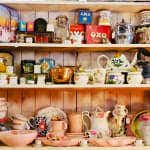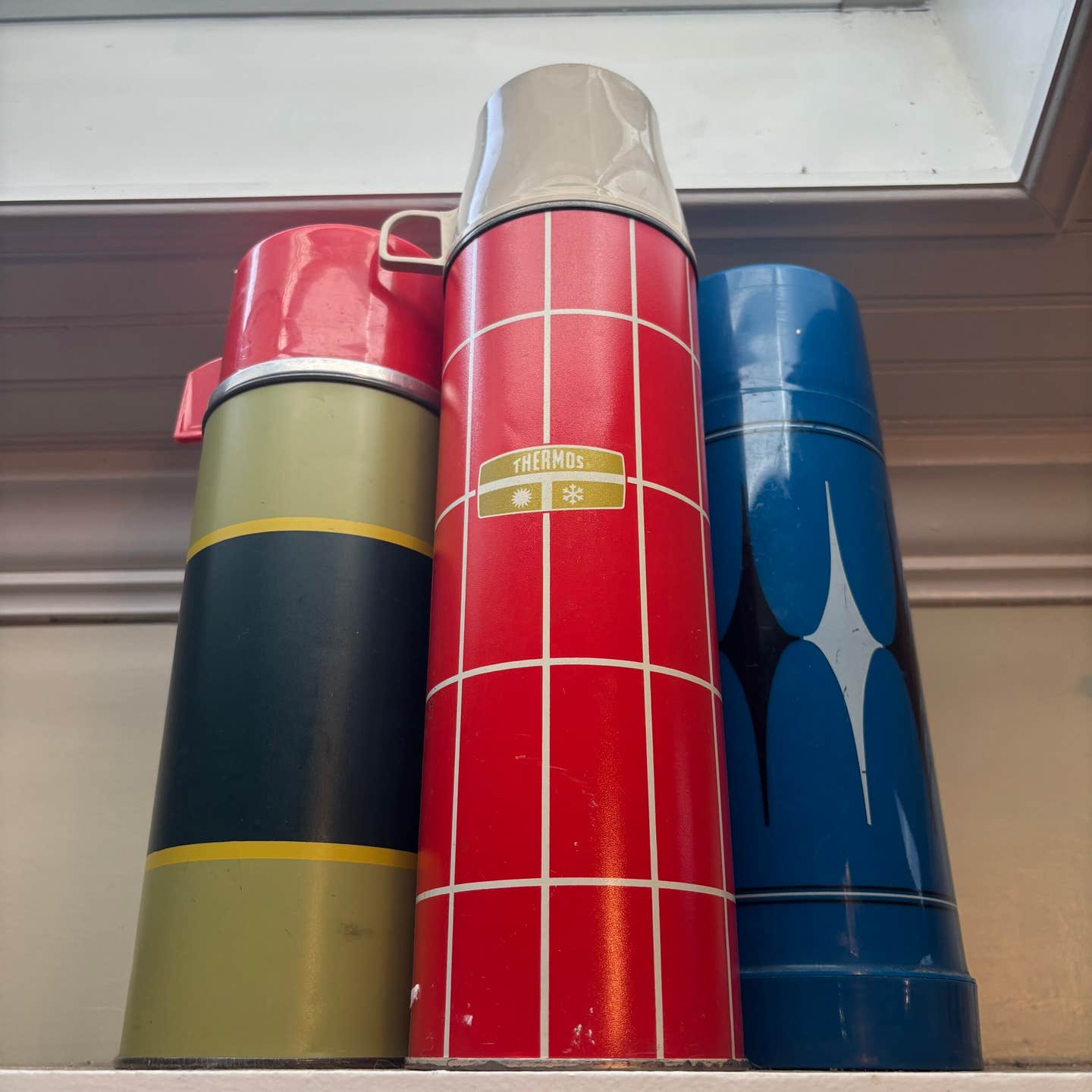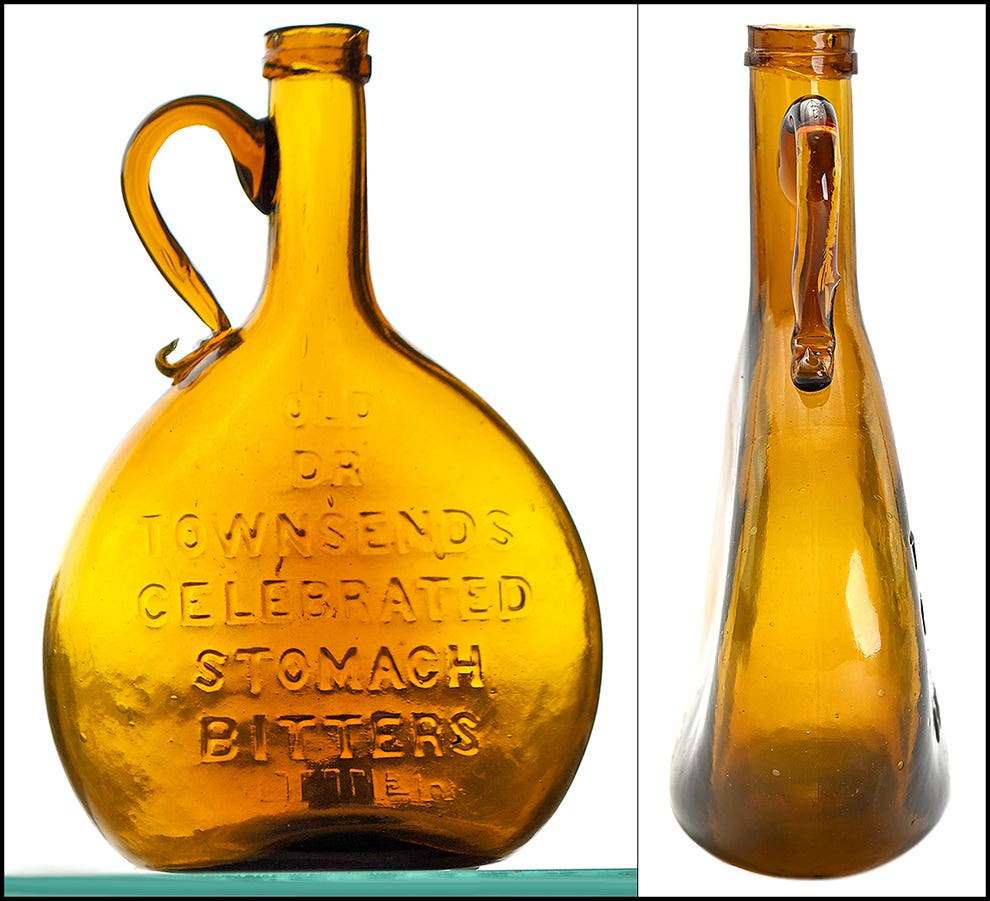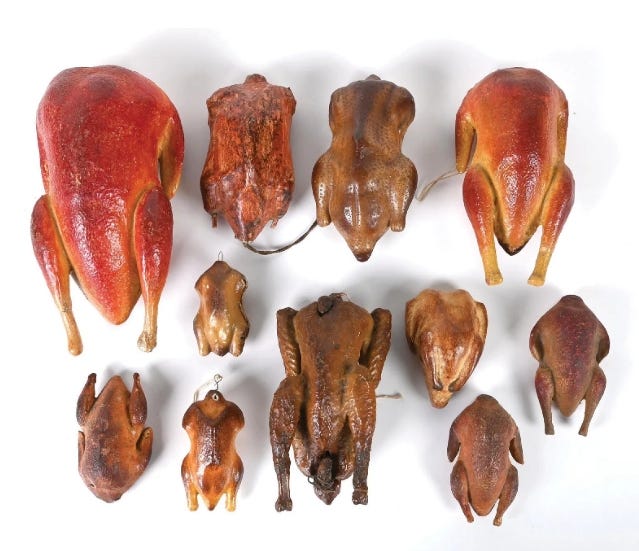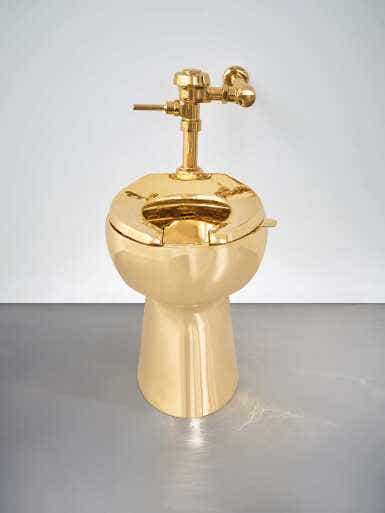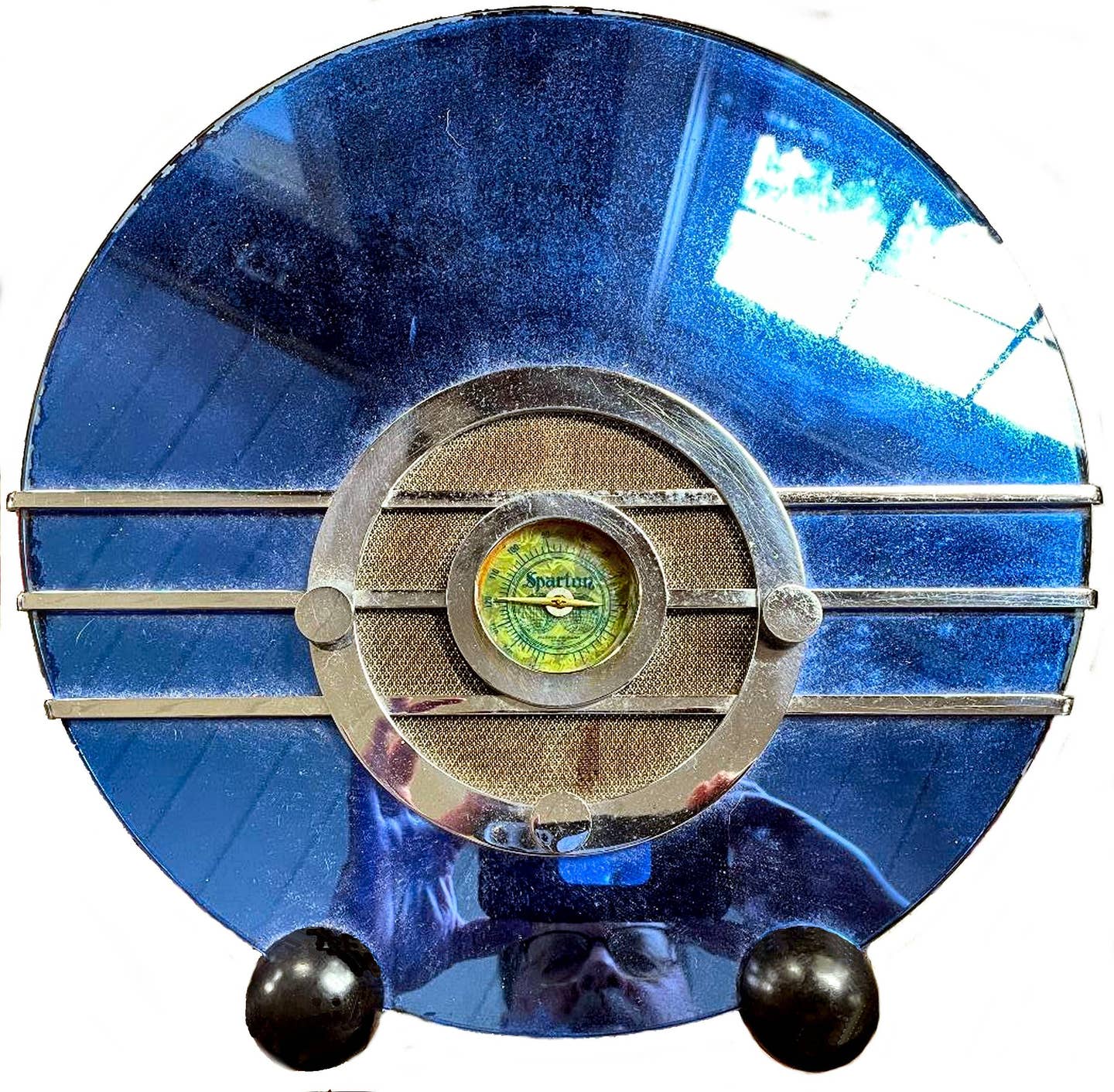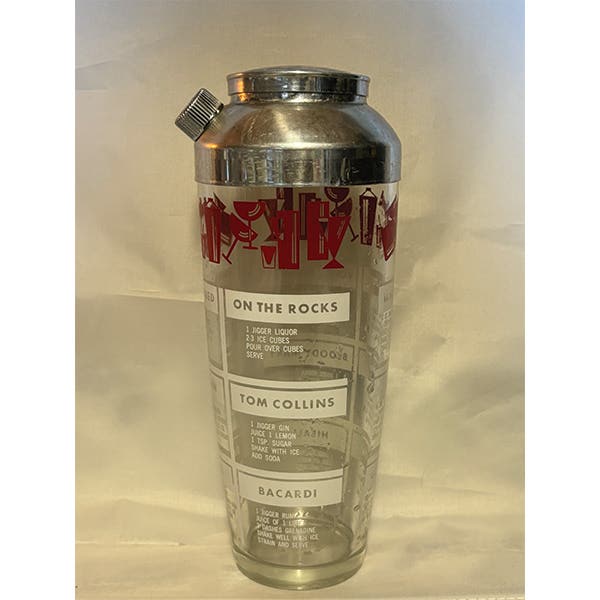South of Mexico City, on a small floating garden known as a chinampa, is a terrifying scene visitors will remember in their nightmares. Thousands of dolls hang on trees as the only occupants of what is known as the La Isla de las Muñecas. Decaying in the hot sun, these once adorable objects have now become mutants with bubbly skin, dismembered limbs, and dirt smeared all over their small, baby-like bodies. Although these are ghastly sights to say the least, tourists from all over the world flock to the small island to get a look at these scary dolls.
Why would people want to see such a fearsome sight when, for centuries, dolls have been one of humanity’s favorite toys? Dolls are more than just playthings; they are mirrors that reflect cultural ideals, spiritual beliefs, and even fears. In the case of the dolls at La Isla de las Muñecas, they are said to be a memorial to a young girl who died in the area, acting as amulets to ward off evil spirits and perhaps to give the young girl’s spirit something to play with.
Outside of this creepy island, many will recognize that baby and toddler-shaped dolls, including Kewpie Dolls and Baby Alive, have been used as tools to teach young children about caretaking. Fashion dolls like Madame Alexander and Barbie reflect the prevailing female beauty and fashion standards of the day, while American Girl Dolls recount important moments in history through their era-appropriate clothing and accessories, such as the fight for freedom from slavery in the 1860s and the struggle for equal rights in the 1970s.
Less cutesy examples, like the infamous Voodoo and fetish dolls, have been assigned more mystical connotations that are far from child’s play. These cultural objects are used for their connection to the spiritual world and are believed to hold the ability to heal or harm.
Dolls are a fleeting fad for a number of people, often given away or discarded when they no longer serve their intended purpose. But for a growing number of collectors, dolls have become prized collectibles, and one is just not enough. The collectible doll industry grew by 42% in 2023, according to a recent study by the market research and consultancy firm Market Decipher, and is projected to grow by 8.2% over the next ten years.
Image courtesy of the Chicago History Museum
What helps this growth is that collectors can buy from what seems like a never-ending supply of goods from private sellers and major online retailers who offer almost every style of doll. Among this vast range is a category of collecting that is also developing into a significant market through its very unique, albeit spooky, approach: haunted dolls.
What exactly is a haunted doll? They can appear quite scary at first sight—broken faces, missing limbs, torn clothing, and definitely a hair or two out of place. Or they can be the complete opposite, sitting pretty in seemingly untouched clothing with an unmarked face and body. But what makes them send that chill up your spine is that many sellers and collectors of these dolls claim that ghostly spirits or curses haunt the dolls.
And no, one doesn’t need to go to a witch to acquire these spiritly figures. They are relatively easy to find online at small business websites or larger retailers like eBay and Etsy. Many of these listings are antique finds from attics, personal collections, or, as some sellers claim, dolls that have just appeared in their shops.
“I got into selling these dolls by getting into probate estate sales,” says Kat of FugitiveKatCreations. “We won an auction, and it was such a strange batch of weirdness that we ended up starting the whole shop based on just what was in that auction.”
In these online listings, some dolls appear as they were found, photographed against a sparse background, sometimes on their back or sitting upright. Other sellers put on a show, with spooky lighting and scenery—sometimes even smoke—and the doll is made over with dark paints, purposeful chipping, and Victorian clothing to appear more haunted than when it was first acquired.
Lengthy backstories typically accompany these listings to inform the buyer exactly what they are getting into. “Lydia’s spirit is delicate, carrying an ache that never quite lifts. Her sorrow lingers in the air like a shadow,” reads a listing from the eBay store HauntedDollsForeverHome for a haunted 12” baby doll. “Her presence feels like sudden heaviness, a sting of grief that comes without warning—grief too deep for words. Her longing is simple yet profound: to be held again, to be soothed, to be remembered not as a tragedy, but as a child who still longs for love.”
Haunted dolls are available at a variety of prices, ranging from as low as $20 to $50, with many priced between $100 and $500. The highest-priced items on eBay and Etsy are offered for over thousands of dollars, including one listing that reached $10,000 for the “most haunted dolls in the world.”
For seller Kat, uncovering if a doll is haunted has become a science. “We determined a method of figuring out if a doll is haunted and by whom, and now most of our dolls are donated to us by people all over the world,” she explains. “It takes months, even longer sometimes, and it takes everyone in our group because we all compare notes at the end. We start with the vibe, the energy, our gut feeling. If we sense something there, we pull out the tools. We use EMF meters, dowsing rods, the pendulum, and then the doll will go into a soundproof box for EVP and Spirit box readings/recordings.”
After a doll passes all her team’s tests, Kat will put it in the haunted section of her store. “That means we are confident enough that they will show themselves to other people. And even then, there is no guarantee. We tell people to please research haunted items before they start collecting them. You would not believe the number of people who adopt a doll and then send it back immediately because it scared them.”
This thrill from haunted dolls has been made popular not only by collectors, but also by a media phenomenon that tells frightening stories about these creepy creatures. Many have watched the murderous adventures of the robotic killer Megan and the child-like Chucky and his bride, Tiffany, in movies and on television. An older, yet no less spooky, example is the Chatty Cathy-like doll from the 1963 episode “The Living Doll” on The Twilight Zone, which threatens to kill anyone in its way.
Perhaps one of the most recently popular dolls to haunt our minds is Annabelle from the 2014 movie of the same name, which was based on a famous haunting. The movie portrays Annabelle as a pretty little girl made from porcelain, but in real life, she was an oversized Raggedy Ann. The doll was believed to be demonic by famous paranormal investigators Lorraine and Ed Warren and was housed at the couple’s famed Occult Museum to keep it safe from the public.
The popularity of haunted dolls has even inspired a tour at the Fort East Martello Museum in Key West. The focus of the tour is the famous Robert the Doll, a German-made doll of a young boy dressed in a sailor suit, who is said to be powered by paranormal activity. Tourists can learn about Key West’s haunted history and get a glimpse of the infamous doll that is said to change facial expressions, make giggling sounds, and curse unlucky onlookers. His impact has been so profound that it is not unusual for the museum to receive a letter from a former visitor asking for forgiveness from the doll.
Although a haunted doll comes with a risk, taking this chance can become a thrilling experience for a collector. “There is a haunted doll for every person,” explains Kat. “I tell people to read the bio, and if you get a physical or emotional reaction to the doll when looking at it, then it is meant to be.”
You may also like:


